ASEAN has demonstrated that despite diversity and differing views, consensus remains the basic principle. A stable and prosperous ASEAN is an asset for global peace and economic development.
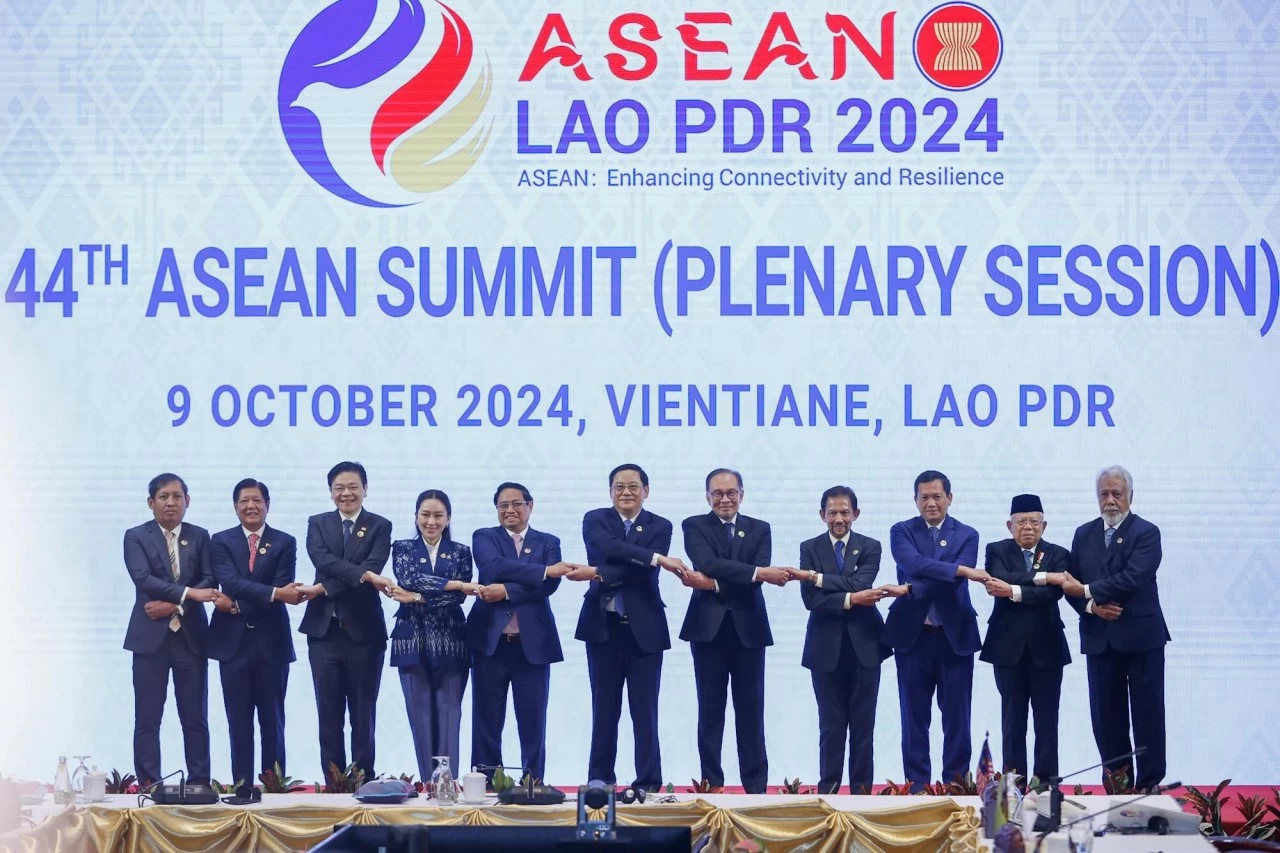 |
| Consensus is still considered the basic principle of ASEAN. In the photo: Leaders of member countries at the 44th ASEAN Summit, October 2024 in Laos. (Source: VGP/Nhat Bac) |
Great mark "age" 58
The current geopolitical landscape is as volatile as the unpredictable weather patterns. As the Year of the Snake begins, the international community is grappling with surprising policies from the world’s leading power – the United States.
However, this does not prevent ASEAN from formulating policy positions in the short and medium term to strengthen regional peace and stability. At 58 years old, ASEAN has a great record of non-confrontational approaches, based on the framework of the law and the United Nations system.
Two key factors ASEAN needs to consider. First , the return of President Donald Trump will have a profound impact on the global order. Trump’s increasingly “America First” foreign policy has created diplomatic tensions, threats and countermeasures among allies and partners.
The international community has never faced such a scale of opposition to US policies. Mr Trump has shown that he will follow through on his promises. Therefore, ASEAN must not let the external context divide the bloc.
Second , ASEAN has not been a direct target of Mr Trump’s policies so far, including increased tariffs or other economic measures.
However, it remains unclear whether the US will continue to value its relationship with ASEAN. During Trump’s first term (2017–2021), US-ASEAN relations did not have much of a focus, so there is no reason to expect a change in his approach.
When he returned to office, Mr Trump’s focus was on his immediate neighbours, including Canada, Mexico and Latin America. But in the next few days, the targets also included China and the EU.
Consensus is the basic principle
In the coming months, Sino-US rivalry will capture global attention, potentially leading to a renewed trade war. Any action by the two powers will have far-reaching consequences. The risk of tensions escalating into conflict cannot be ruled out.
The likelihood of either side adopting a less confrontational approach is slim, because the US is advancing its core interests and wants to maintain its position as the world's most powerful country.
In addition to US-China tensions, other key challenges will shape the global future: Digital transformation, green economy, cybersecurity, food security, energy and demographic change.
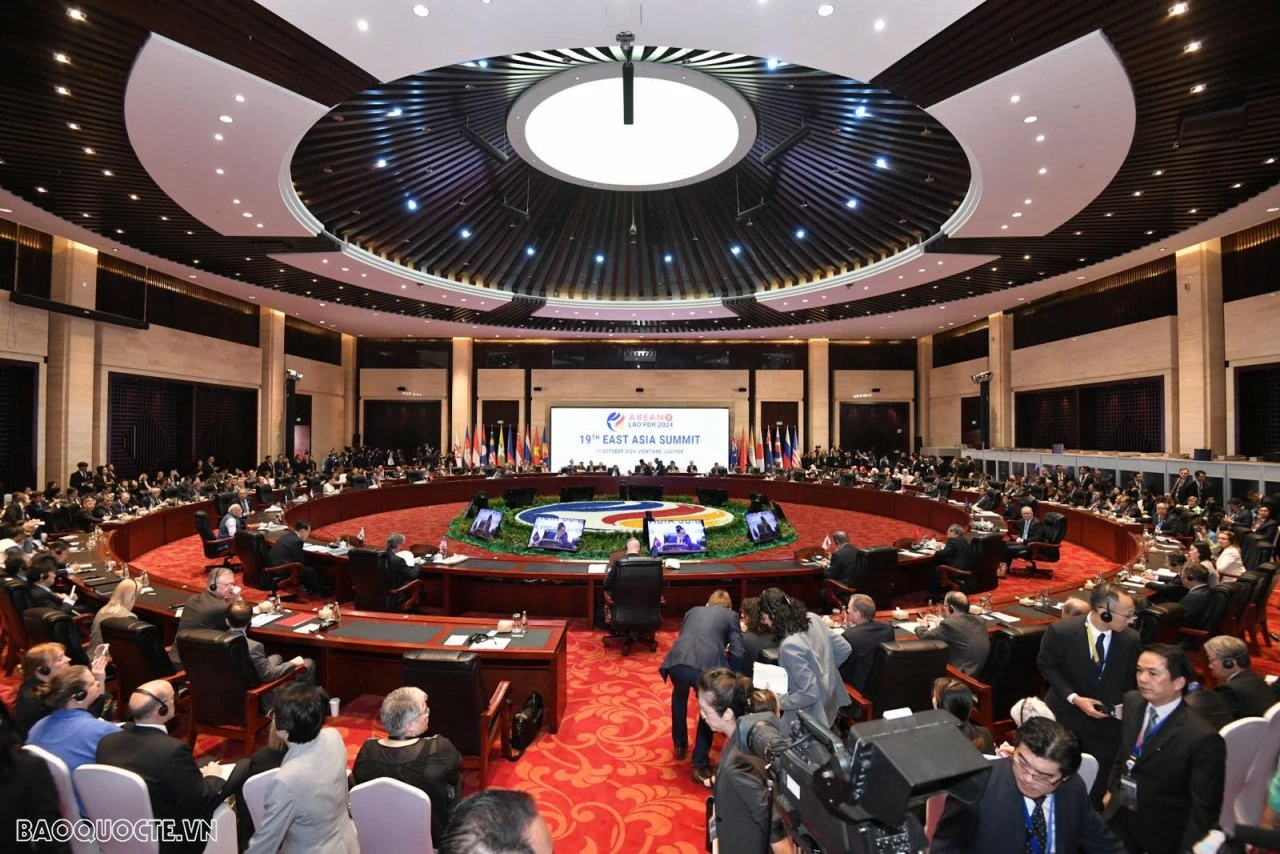 |
| The 19th East Asia Summit (EAS) in Laos, October 11, 2024. (Photo: Quang Hoa) |
The best way for ASEAN to address these cross-border issues is to maintain unity, especially in its relations with major powers, including the EU, ASEAN+3 and the Global South.
While the goal remains seamless ASEAN integration, support from dialogue partners is equally important in achieving regional goals. This is “easier said than done”.
However, ASEAN has demonstrated that, despite diversity and differing views, consensus remains the basic principle. A stable and prosperous ASEAN is an asset for global peace and economic development.
Diplomatic power in a multipolar world
In a multipolar world, ASEAN can flex its diplomatic muscles. The Treaty of Amity and Cooperation in Southeast Asia (TAC), signed in 1976, remains the cornerstone of ASEAN’s diplomatic approach. Its principles – non-use of force, decision-making by consensus and non-interference in each other’s internal affairs – are widely recognized.
Today, 55 countries, representing a quarter of the total UN membership, have signed the TAC, highlighting the treaty's role in maintaining peace and stability.
The ASEAN Outlook on the Indo-Pacific will continue to guide ASEAN's engagement with its dialogue partners in areas such as maritime cooperation, sustainable development, connectivity and economics.
By the next decade, the ASEAN economy will be the world’s fourth largest, increasing ASEAN’s influence on global affairs. ASEAN-led mechanisms, such as the ASEAN Regional Forum (ARF), the East Asia Summit (EAS) and the ASEAN+1 meetings, must be used more effectively to advance issues of common interest.
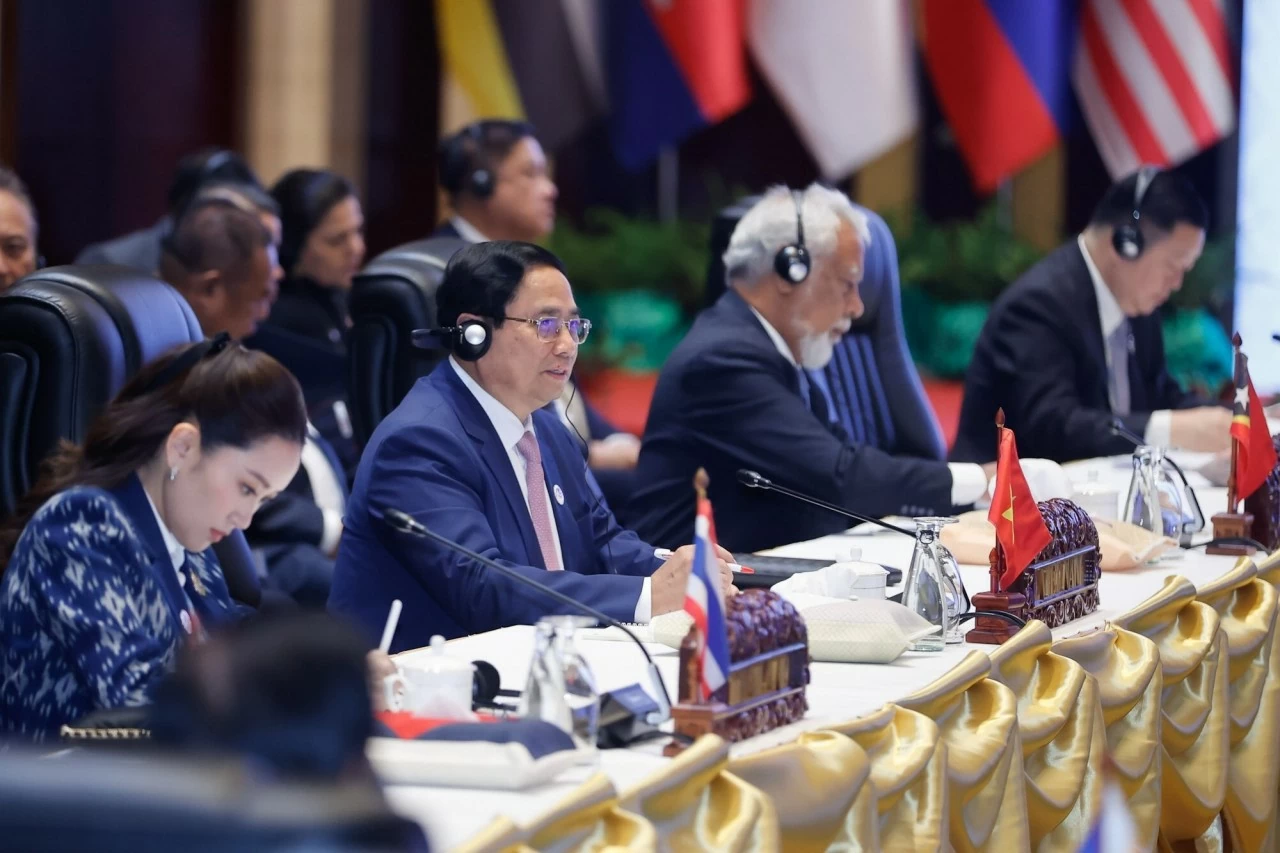 |
| Vietnam's role in ASEAN has been clearly affirmed over the past three decades. In photo: Prime Minister Pham Minh Chinh shares important orientations for ASEAN at the plenary session of the 44th and 45th ASEAN Summits. (Source: VGP) |
ASEAN's key drivers
ASEAN’s resilience and strength depend on its members. Vietnam, the first Indochinese country to join ASEAN in 1995, was initially seen as a potential disruptor in ASEAN’s external relations.
However, three decades later, Vietnam's role in ASEAN has been clearly established and it is widely acknowledged that Vietnam is a promoter of peace and economic growth.
Vietnam's "bamboo diplomacy", symbolizing flexibility and resilience, has helped Vietnam balance relations with global powers while still protecting its national interests.
Vietnam has become fully integrated into the regional economy, benefiting from both bilateral and multilateral trade agreements. Its growing economic strength has also helped Vietnam increase its political influence, both regionally and internationally.
In the coming years, Vietnam will be one of the most important driving forces of ASEAN. Vietnam's economic and security priorities are closely related to the common interests of the Association. With historical experience and strategic vision, Vietnam aims to strengthen ASEAN's common capacity to respond to global uncertainties in the coming years.
The era of sluggish diplomacy and pleasantries is over. Today, the “ASEAN Way 2.0” must be flexible, adaptive and future-ready to face new challenges.
* The article is the author's personal opinion.
Source: https://baoquocte.vn/asean-kho-ne-ong-trump-nhung-co-phuong-thuc-hieu-nghiem-cua-rieng-minh-304513.html




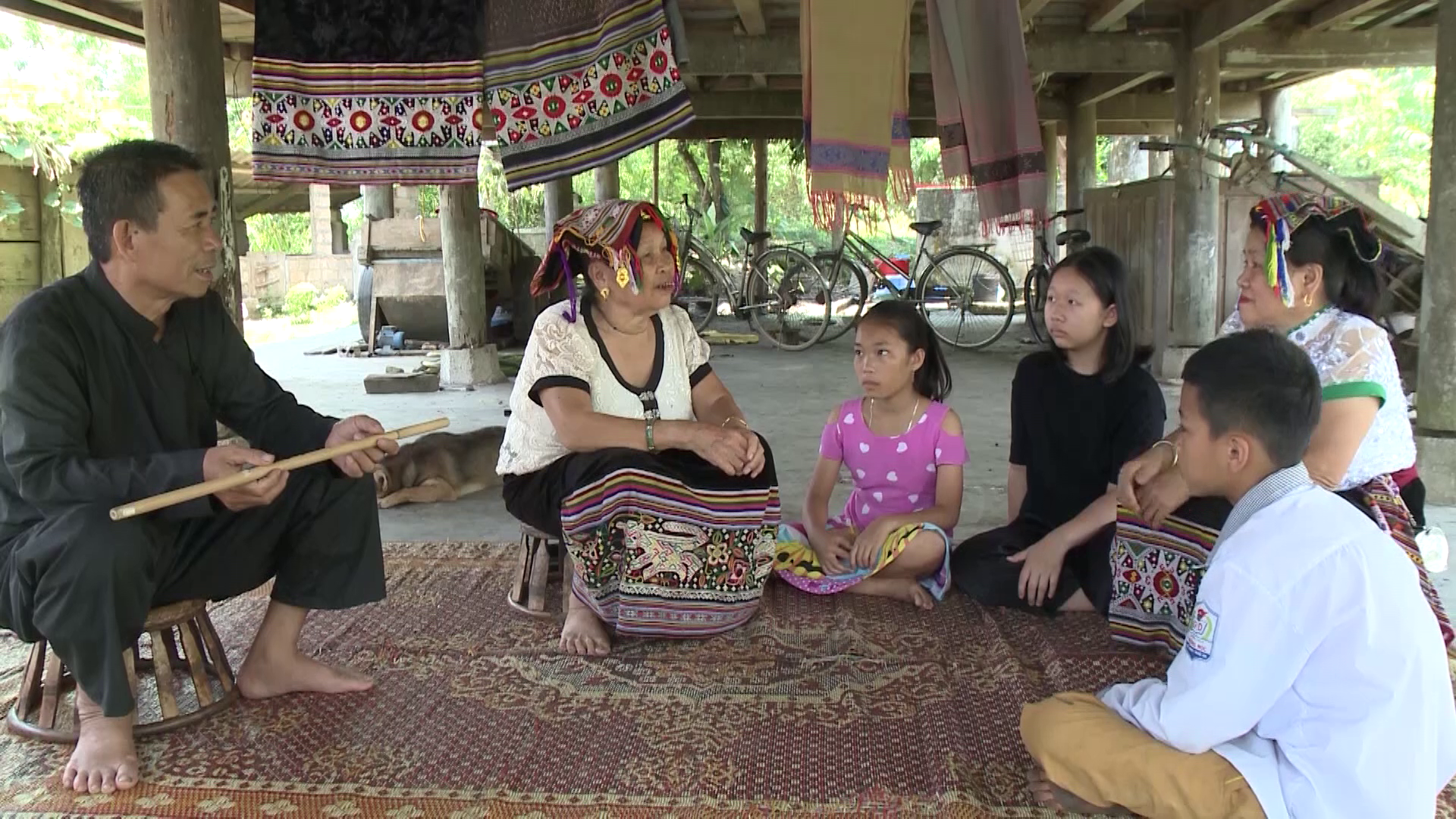



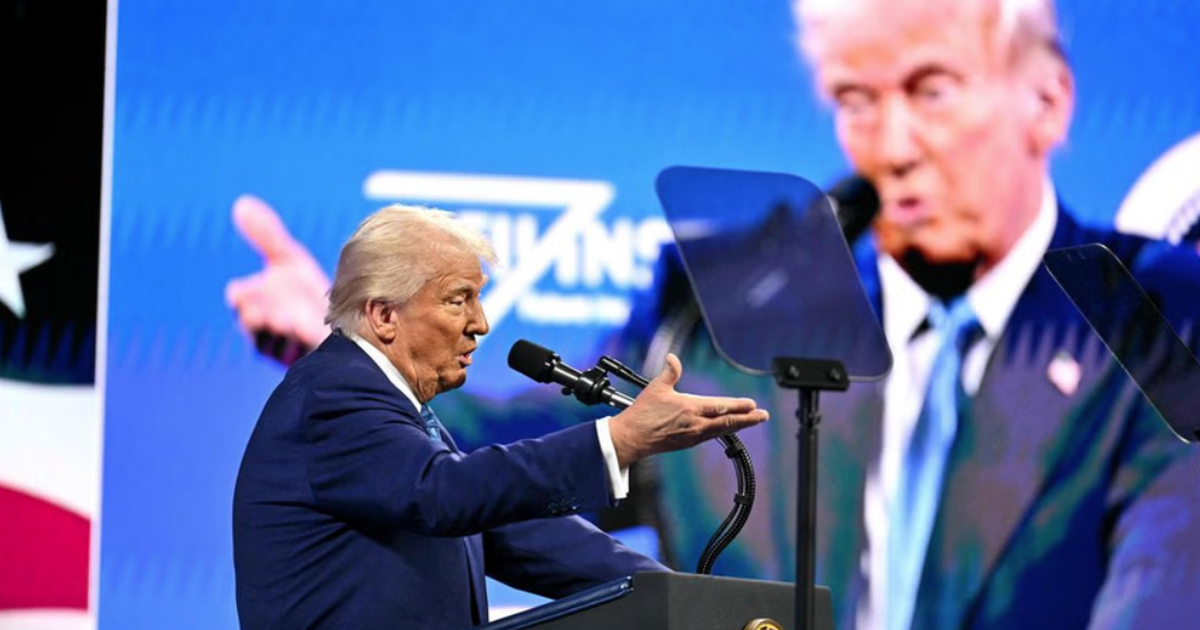

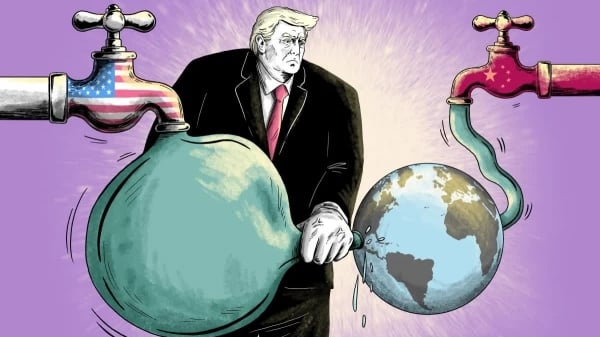
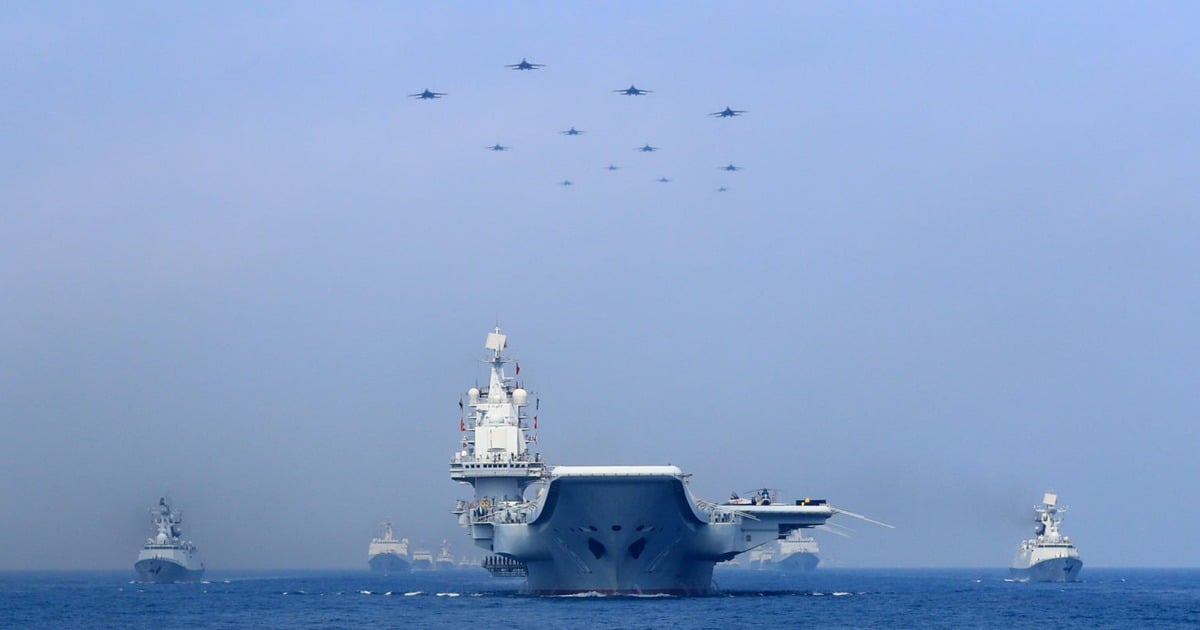
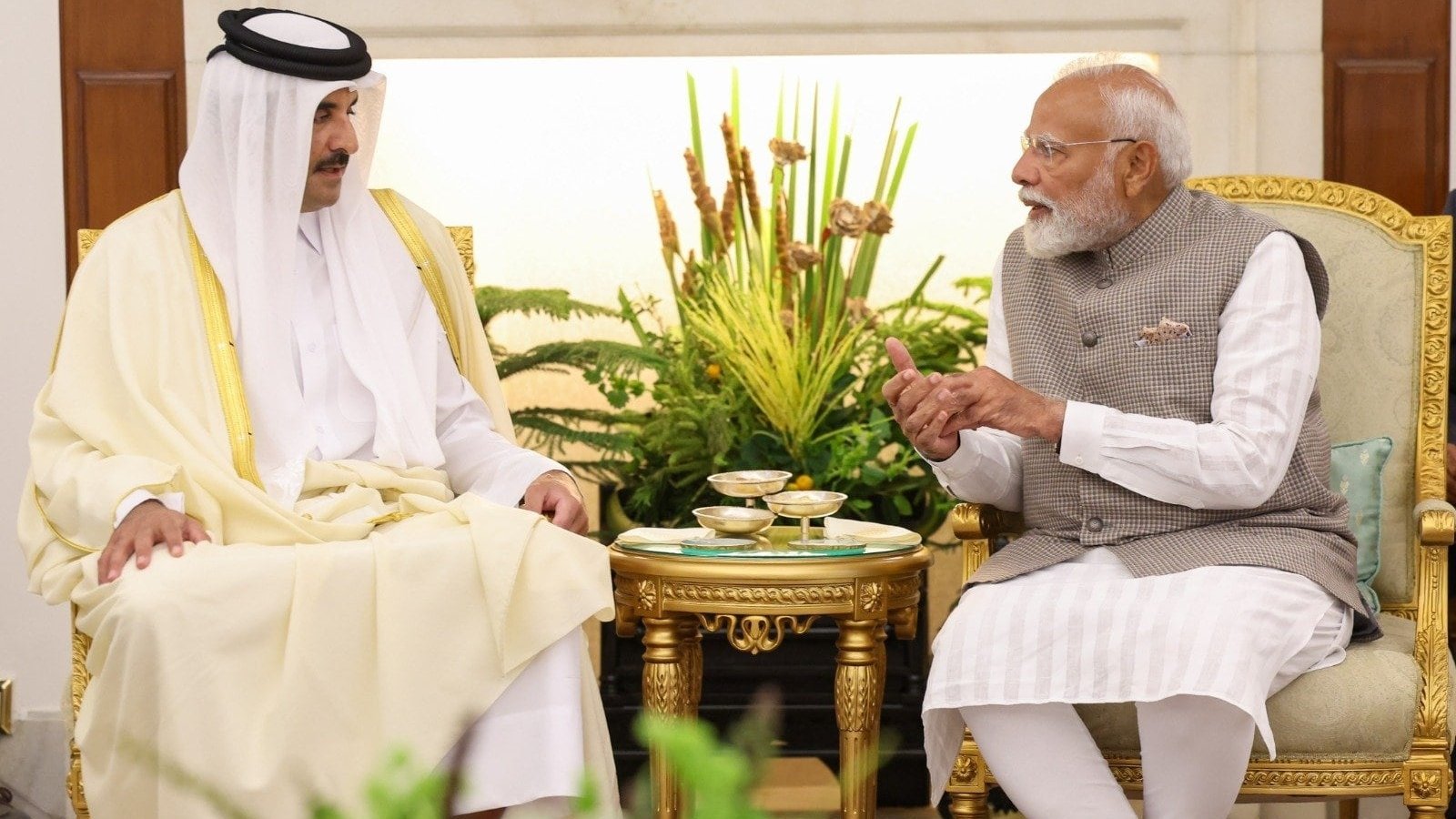
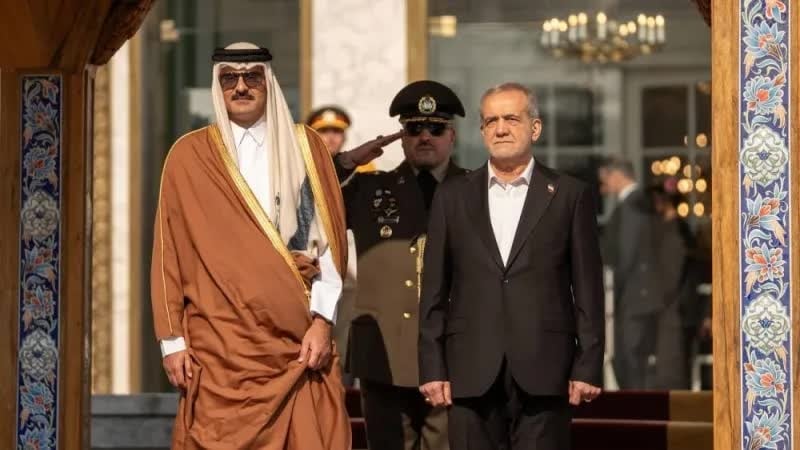
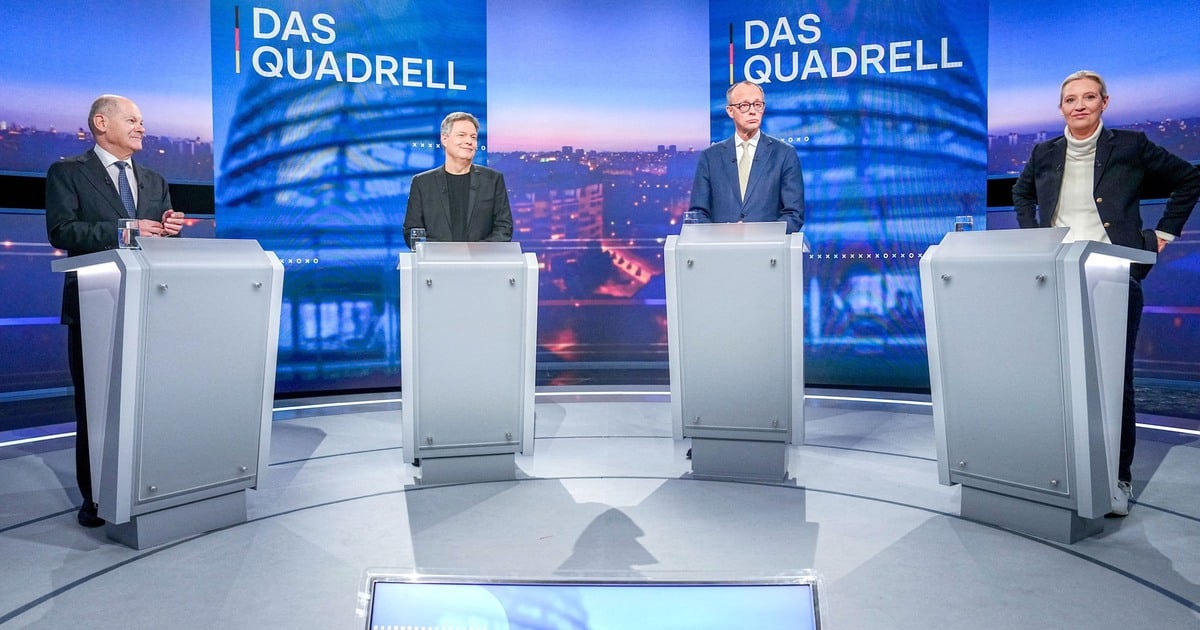
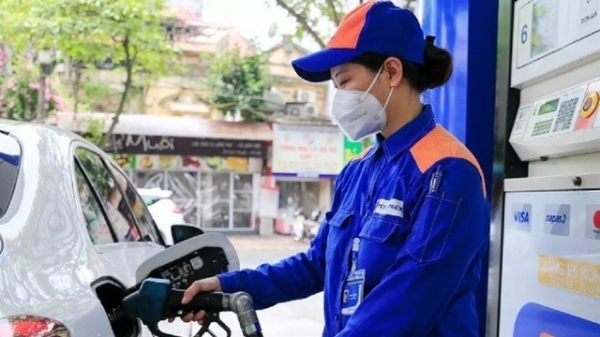
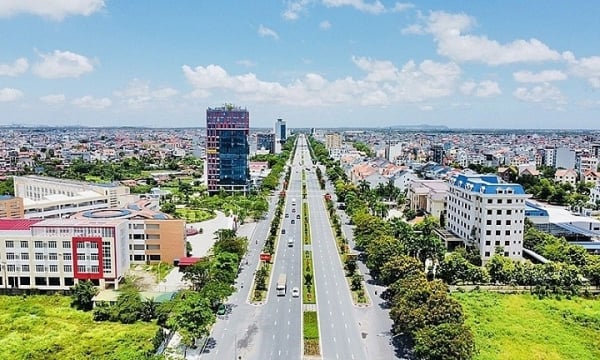

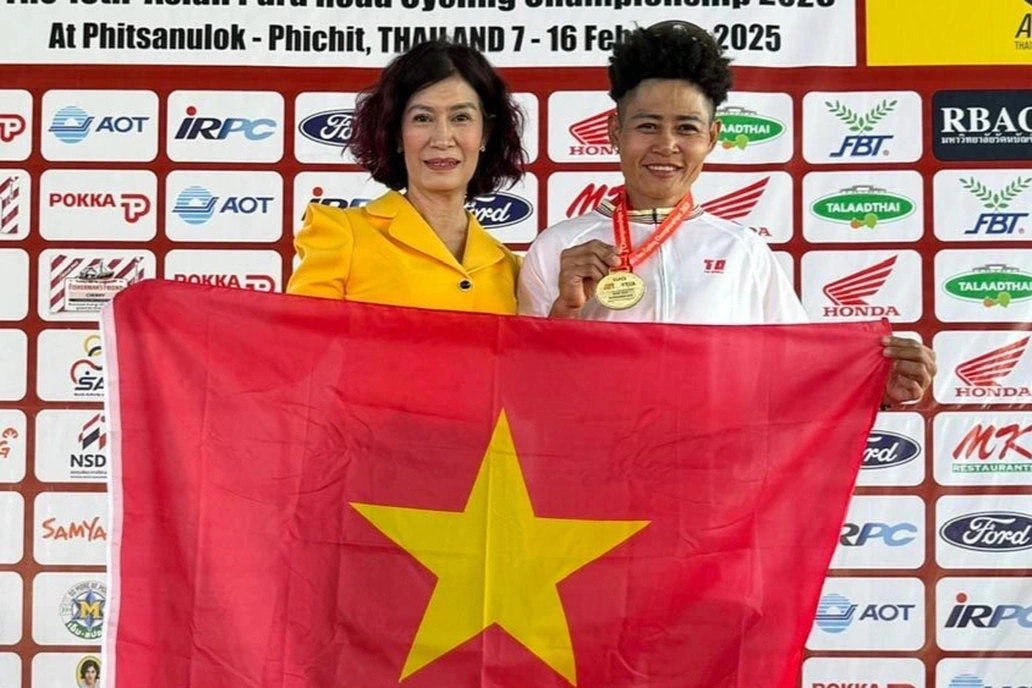

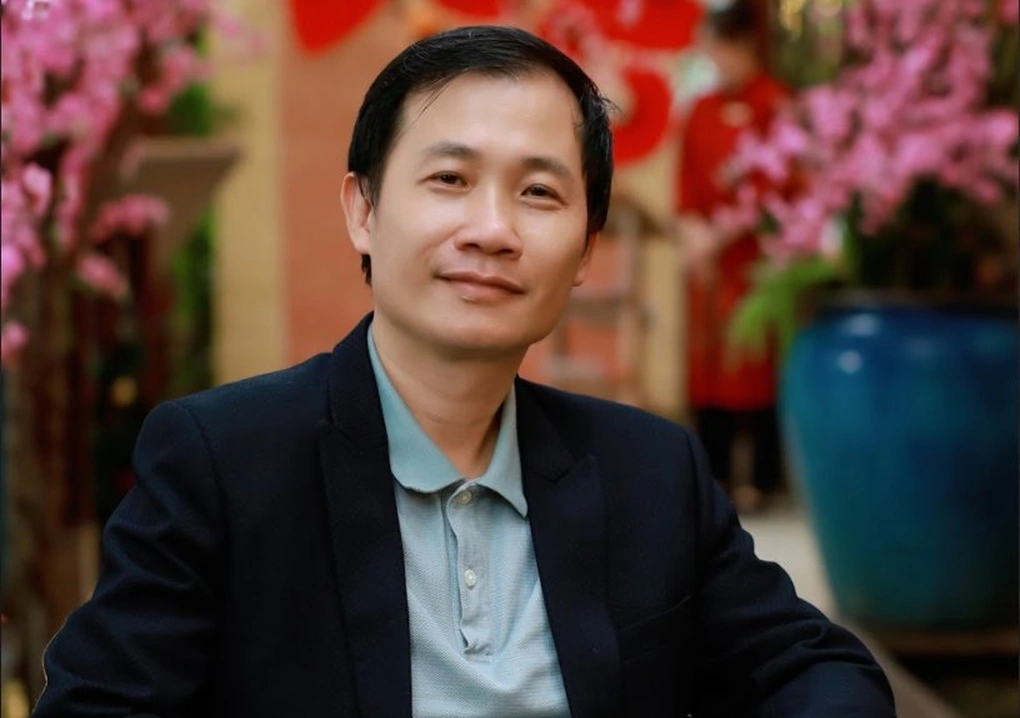



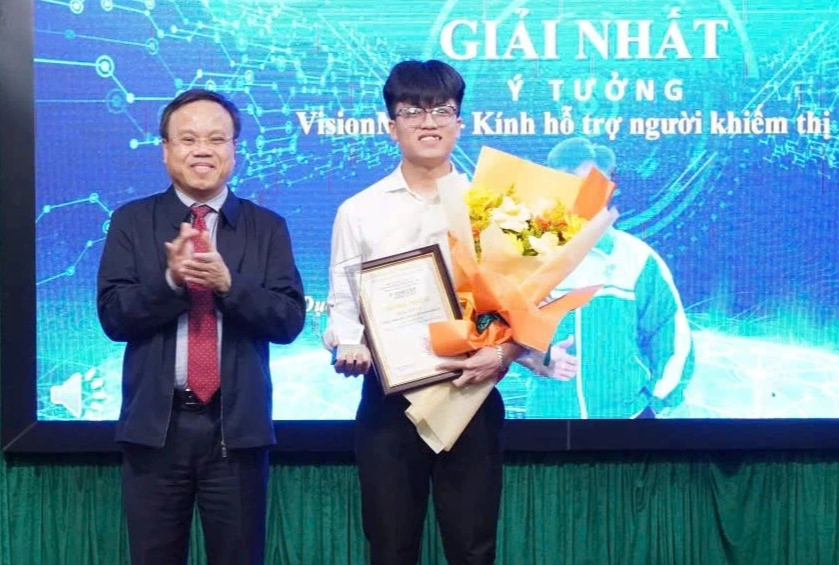

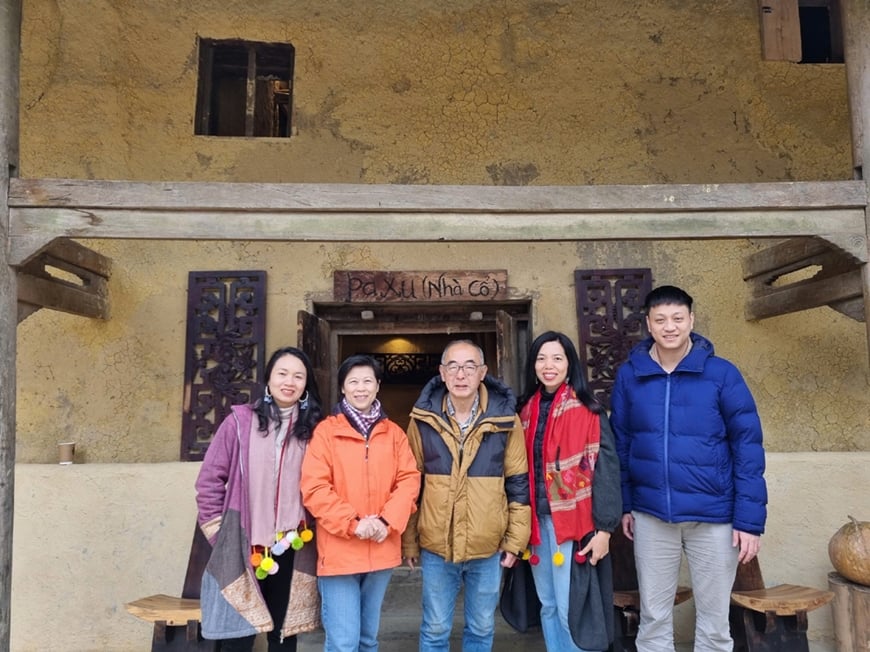



Comment (0)